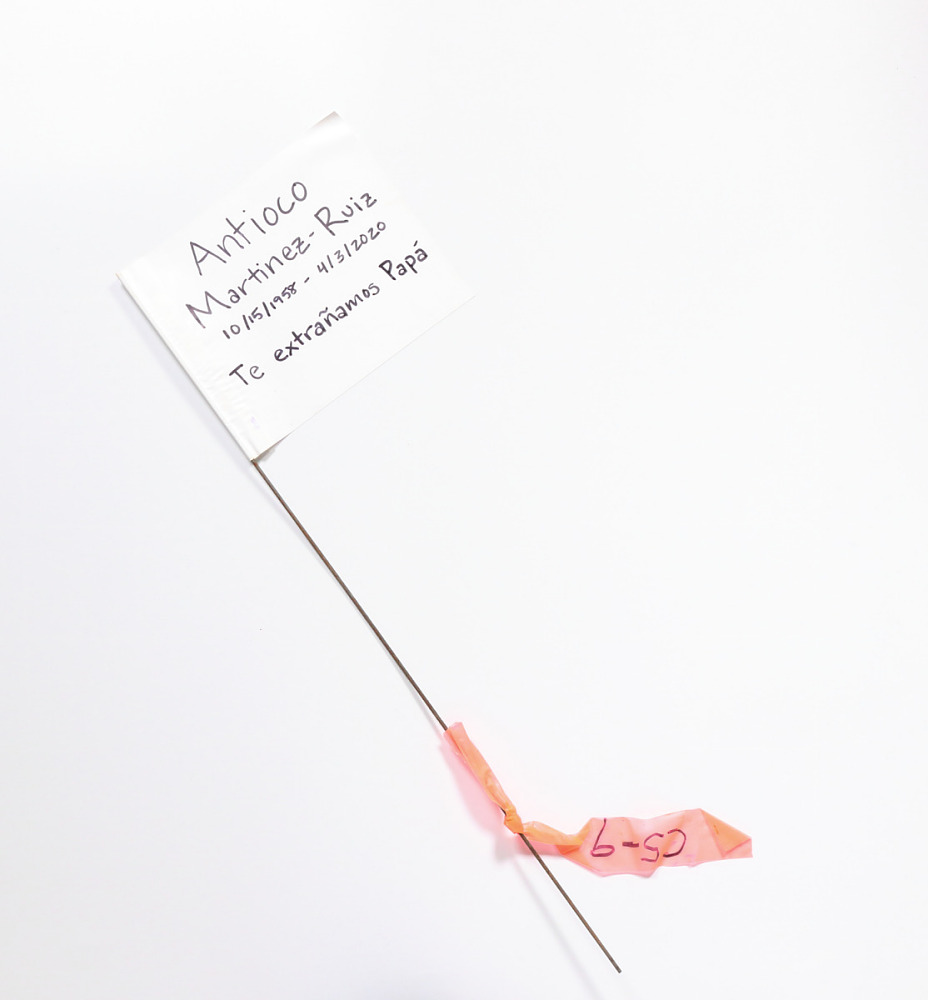As COVID-19 deaths spiked in 2020, Suzanne Firstenberg’s public art installation "In America: How could this happen…"
History Explorer Results (12)
Related Books (18)

Author:
Vanessa Brantley-Newton
Reading Level:
Early Elementary School
Genre:
Fiction
From Vanessa Brantley-Newton, the author of Grandma's Purse, comes a collection of poetry filled with engaging mini-stories about girls of all kinds: girls who feel happy, sad, scared, powerful; girls who love their bodies and girls who don't; country girls, city girls; girls who love their mother a

Author:
Michael O. Tunnell
Reading Level:
Early Elementary School
Genre:
Non Fiction
When a young girl can't afford to go visit her grandmother by train, her family discovers a less costly way for her to travel - by mail.

Author:
Connie Porter
Reading Level:
Early Elementary School,Late Elementary School
Genre:
Fiction
A young girl excapes slavery with her mother (from the American Girls Collection).

Author:
Betsy Hearne
Reading Level:
Pre-School,Early Elementary School
Genre:
Non Fiction
Author Betsy Hearne entertains readers with stories about seven generations of women in her family, from the Revolutionary era to today. In the lives they built and the objects they left behind, the author finds a legacy of strength, courage, and wisdom that spans the link between mothers and dau

Author:
Aya Khalil
Reading Level:
Early Elementary School
Genre:
Fiction
Bilingual:
Yes
Kanzi’s family has moved from Egypt to America, and on her first day in a new school, what she wants more than anything is to fit in. Maybe that’s why she forgets to take the kofta sandwich her mother has made for her lunch, but that backfires when Mama shows up at school with the sandwich. Mama

Author:
Karen Katz
Reading Level:
Early Elementary School,Late Elementary School
Genre:
Fiction
Seven-year-old Lena and her mother observe the variations in the color of their friends' skin, viewed in terms of foods and things found in nature.

Author:
Susan Campbell Bartoletti
Reading Level:
Early Elementary School
Genre:
Fiction
This is a story of the Star-Spangled Banner through the eyes of young Caroline Pickersgill, the daughter of an important flag maker, Mary Pickersgill.

Author:
Amy Hest
Reading Level:
Late Elementary School
Genre:
Non Fiction
A thirteen-year-old Jewish orphan reluctantly leaves her grandmother and immigrates to New York City, where she works for three years sewing lace and earning money to bring Grandmother to the United States, too.



















